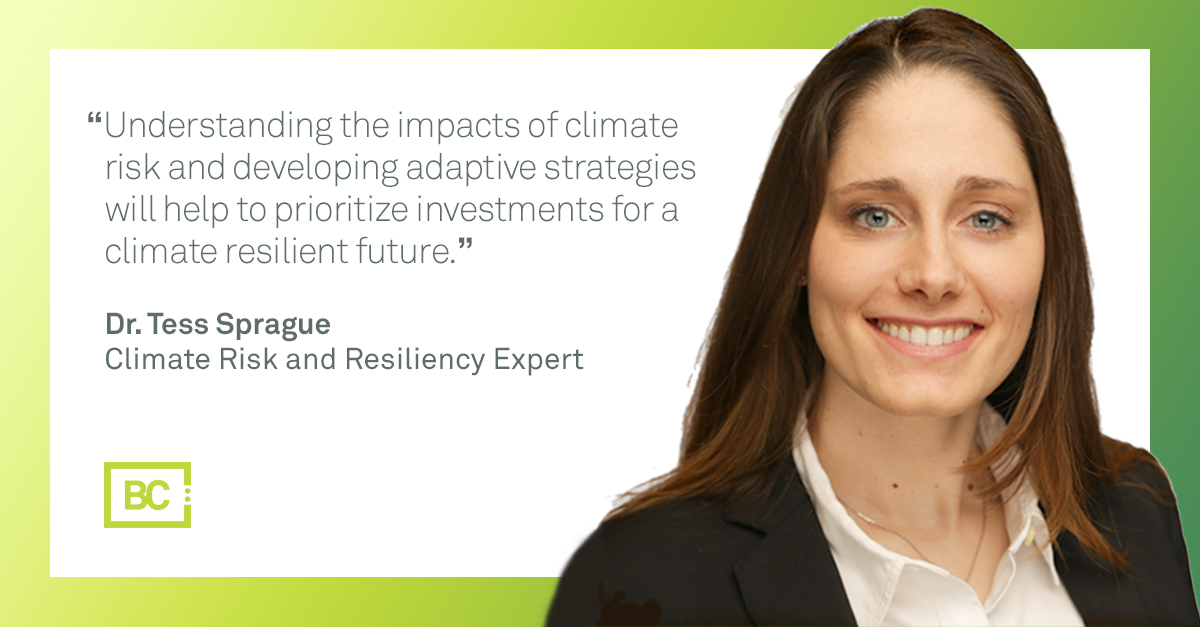The year may be winding down but regulatory actions have not slowed.
ASTM International’s Environmental Assessment, Risk Management and Corrective Action Committee released a revised standard practice for Phase I Environmental Site Assessments (ESAs). Several substantive changes in the revision include:
- Key terminology revisions and new definitions
- Restructured and updated historical records review section
- Revised report requirements
- Emerging contaminants (e.g., PFAS)
- Detailed site reconnaissance requirements
Watch for more information from Brown and Caldwell about how these changes may affect your ESAs.
Additionally, the EPA and Corps of Engineers announced proposed updates to the definition of Waters of the United States (WOTUS), returning it to the pre-2015 definition. This proposed definition reflects recent Supreme Court decisions and a broader scope than previously set in the Trump administration but narrower than the Obama administration definition. Public comments can be submitted through Feb. 7, 2022.
As 2021 comes to a close, here are more regulation and compliance items to keep an eye on:
Ask an Expert: Climate change
Join BC’s Climate Risk and Resiliency Expert Dr. Tess Sprague as she shares insight into how utilities and communities can best prepare for the effects of climate change. Read “Ask an Expert”
Infrastructure bill and the EPA
The recent bipartisan infrastructure bill allocates a significant amount of funding to advance environmental justice, including drinking water system updates, cleanup of polluted sites, climate change mitigation, and more.
National Recycling Strategy unveiled
EPA’s 2021 National Recycling Strategy aims to create a stronger, more resilient, and more cost-effective domestic recycling system.
Proposed Clean Air Act Methane Reduction Rule
The EPA announced a proposed rule to cut methane emissions nationwide by addressing existing sources within the oil and natural gas industry and encouraging innovative new solutions.



 Climate change is and will continue to affect our communities, resources, and utilities in many ways whether from
Climate change is and will continue to affect our communities, resources, and utilities in many ways whether from